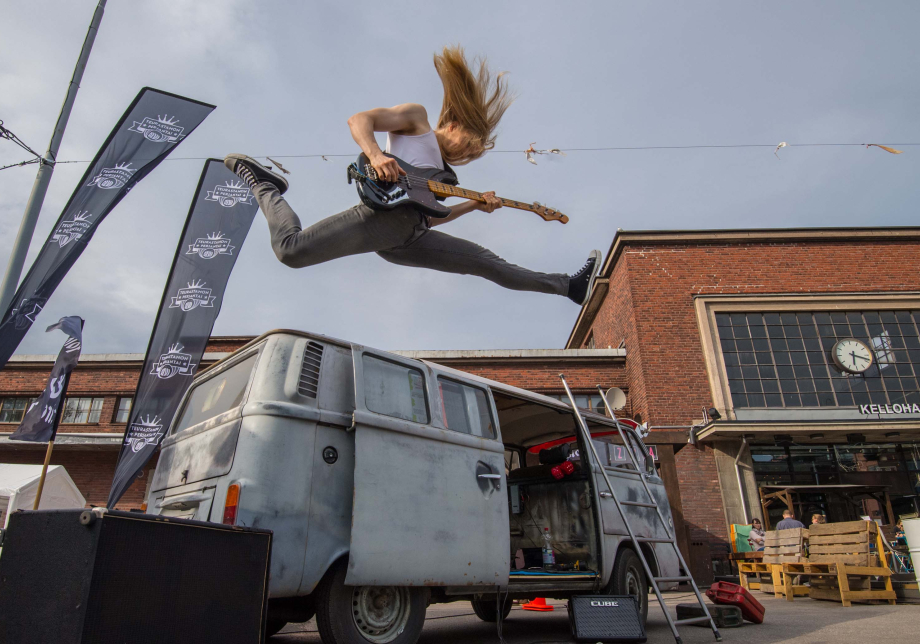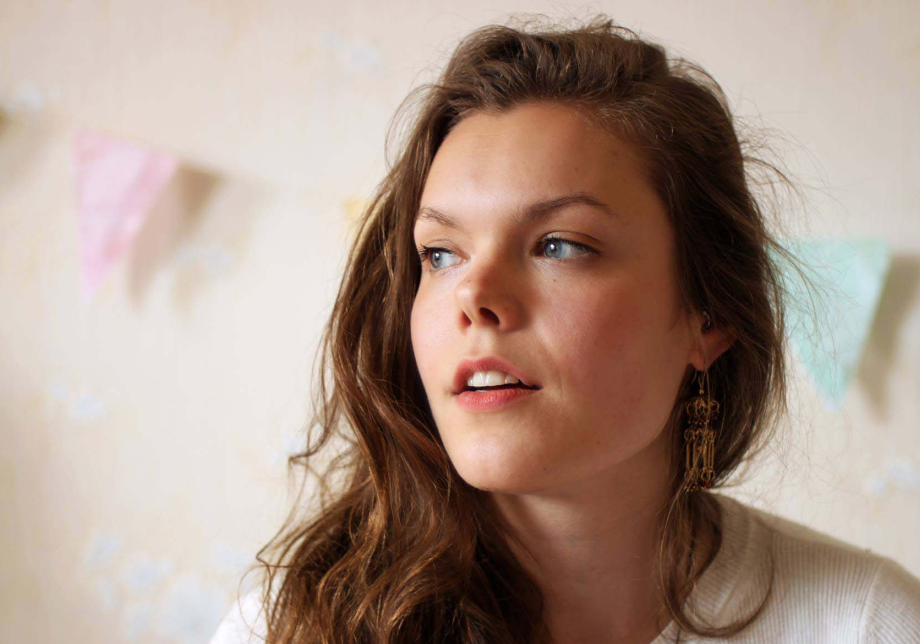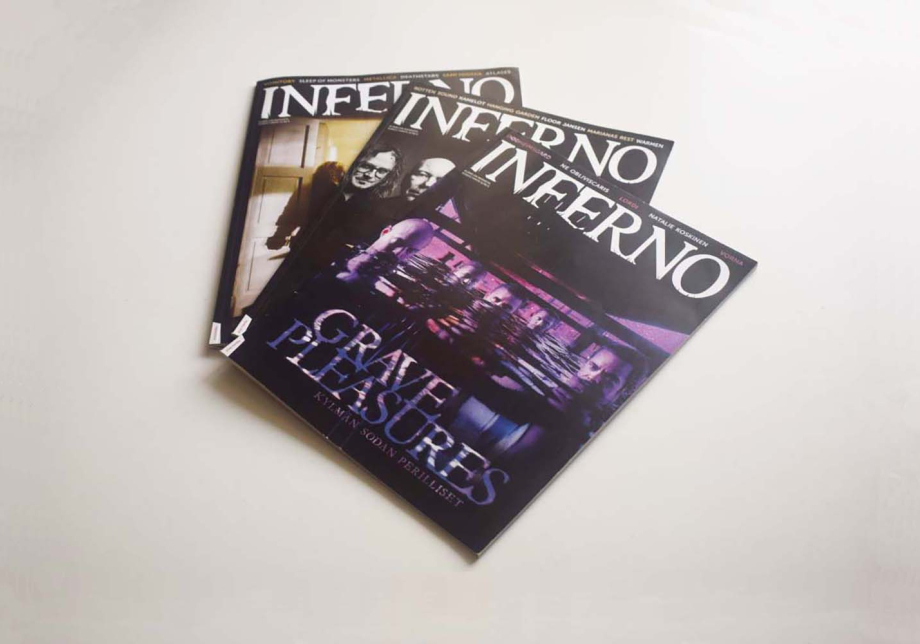Artist grant changed the way Joel Slotte made art
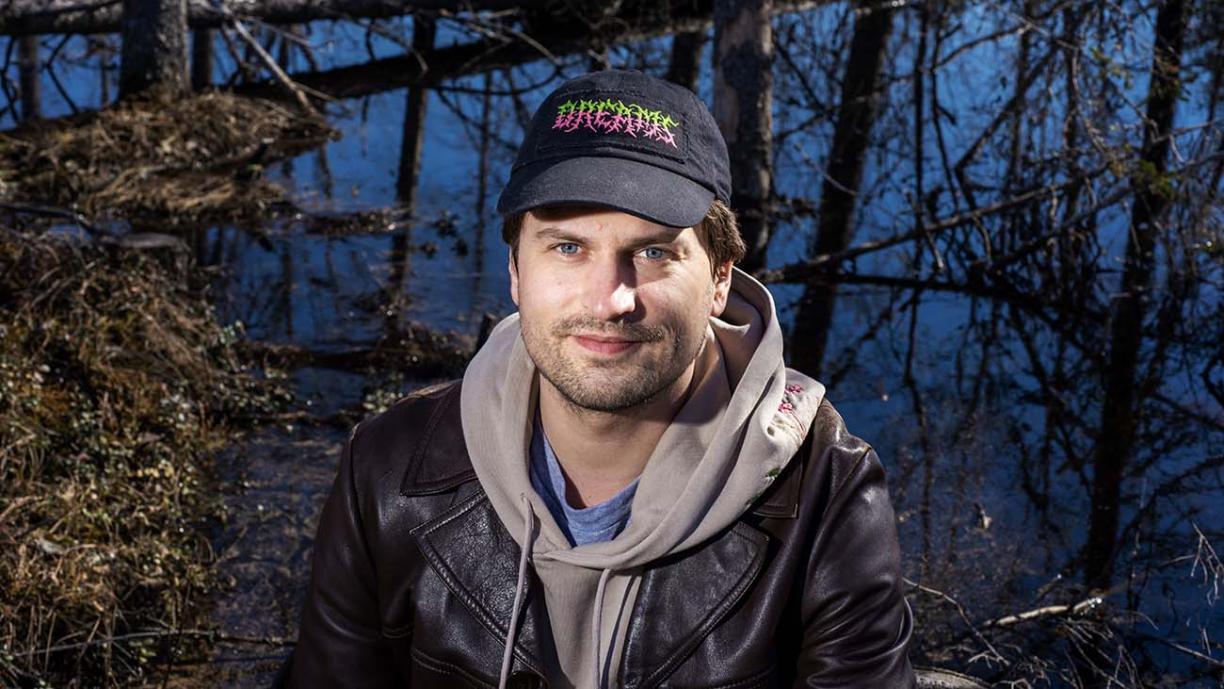
For Joel Slotte, who grew up in Kokkola, the provincial capital of Central Ostrobothnia, art has always been a part of his life. Even as a child he regularly went to art exhibitions with his parents and spent a large part of his time drawing. The concept of structuring the world visually was present in his everyday life, especially through his newspaper photographer father, who talked a lot about photography at home.
However, making art a profession was not a primary option for Slotte when he was young. Kokkola is known for its industry, and the feeling among young people already early on was that everyone should get a traditional day job.
“Making ends meet was on everyone’s mind because we were children of the economic depression. It was considered hard to make a living as an artist. And it is true, of course, that it is not the easiest profession financially,” Slotte recalls.
I eventually graduated and decided to see where it would lead me, even though the lack of safety nets made me nervous.
Slotte took his first concrete step towards becoming a professional artist in his twenties, when he applied to the Nordic Art School in Kokkola. The sense of purpose of the international students who studied at the school inspired him to apply to the Academy of Fine Arts, where he studied in the painting department.
“There too, I felt a last-minute hesitation about whether to apply elsewhere. Nevertheless, I eventually graduated and decided to see where it would lead me, even though the lack of safety nets made me nervous. Little by little, however, I started getting grants between periods of unemployment,” says Slotte.
Artist grant has boosted confidence
The Arts Promotion Centre Finland (Taike) awarded Slotte a three-year artist grant in 2020. The positive grant decision came at the right time, as his previous grant period had come to an end just a few months prior.
Having been used to receiving grants for no more than a year at a time during his career, Slotte acknowledges that receiving a three-year grant has been very important.
“I no longer make just paintings and stress about whether they are successful. Now I have multiple channels open to me, and making art seems much more relaxed,” Slotte admits.
My mind is easily attracted to new experiments that I would like to do. At some point I feel I will have to implement them and test whether they work.
Slotte is known for his technically masterful figurative oil paintings that burst with meticulous details. The models for the human figures depicted in his paintings are often his friends, of whom he takes photographs during the sketch phase.
With the financial freedom afforded by the three-year artist grant, he has begun experimenting with serigraphy and glass art in addition to his paintings, ceramic art and drawings.
“Previously, I had neither the time nor the space. Sometimes I find myself thinking that people expect you to work in certain ways, and I haven't had the courage to challenge this assumption. My mind is easily attracted to new experiments that I would like to do. At some point I feel I will have to implement them and test whether they work,” he says.
In my paintings, I have started to pay more attention to the functionality of local colours and various light situations.
Before the start of the new grant period, Slotte thought that he would finally be able to begin working on a larger body of work, as there were no exhibitions scheduled for the next three years. As it turned out, his calendar filled up quickly: he was named Young Artist of the Year 2021 and included in the major ARS22 exhibition at the Museum of Contemporary Art Kiasma. In addition, he was invited to participate in a group exhibition at Galerie Anhava in Helsinki last year.
Despite the flurry of activity, he has also had time to work on new art. According to Slotte, his artist grant has helped ease the pressures related to painting, as he no longer has to worry so much about deadlines, for example. This absence of pressure has enabled him to develop as an artist.
“In my paintings, I have started to pay more attention to the functionality of local colours and various light situations. To viewers, the paintings may look the same as before, but at least I have shifted my attention to aspects that are new to me,” says Slotte.
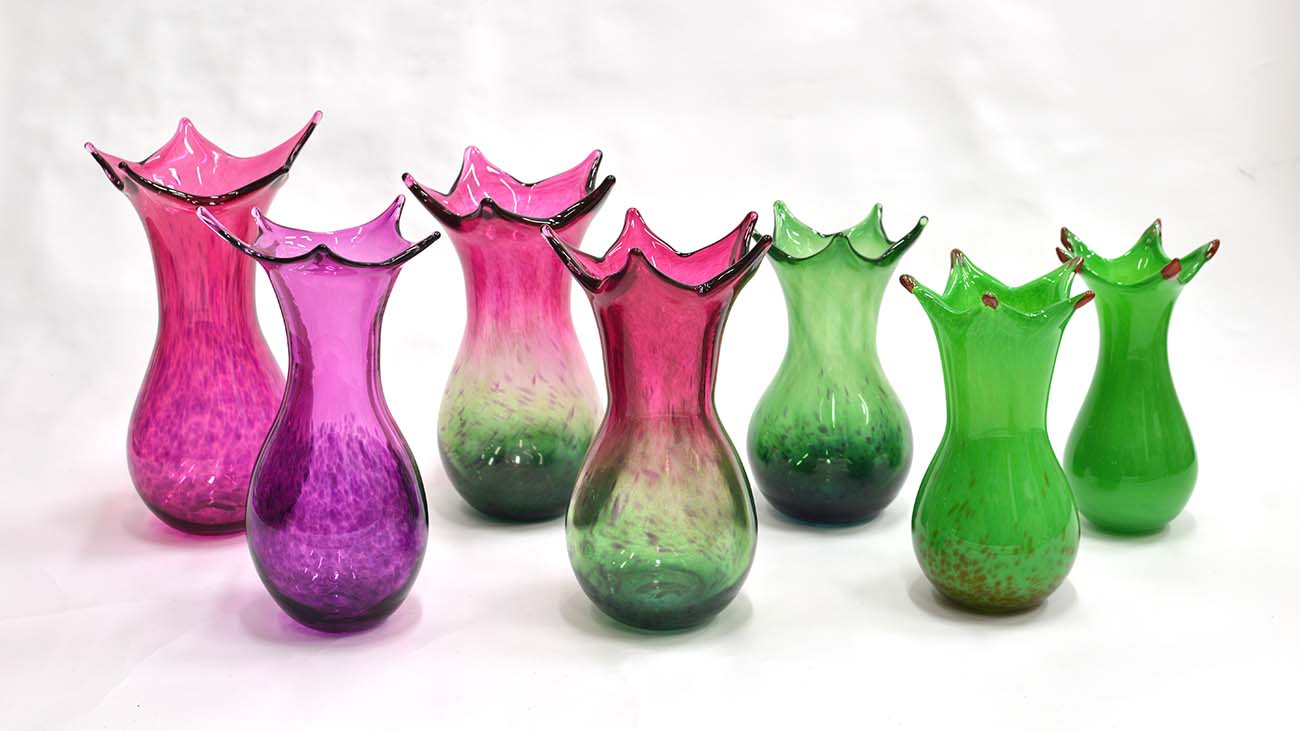
Secure livelihood encourages creativity
According to the “Status of the Artist in Finland 2010” report published by Taike, visual artists in Finland earn the majority of their earnings from non-arts work. Only around a fifth of the earnings of visual artists comes directly from artistic work, such as income from sales of their art and fees paid for their artistic work.
Joel Slotte believes that a universal basic income could be a solution to the earnings challenges faced by visual artists. Universal basic income refers to a social security model in which every citizen is paid a minimum subsistence income.
“It would directly improve opportunities for everyone, not just artists. A secure livelihood provides more room for creativity. Whenever I've been unemployed, most of my time was spent worrying about money,” Slotte says.
One characteristic feature of working as a professional artist, according to Slotte, is the fact that you get to peek into the everyday lives of many different social classes. For example, he has attended fancy parties to receive grants while he only had a few euros in his bank account.
“At these special occasions, I have acknowledged that I would be receiving a grant soon, but only after a month. So then I've gone in my suit straight from the party to my part-time job in the library to scrub the toilets,” he describes.
”Meet Our Funding Recipients” is a series of articles that introduces you to artists, working groups and communities who have received funding from Taike. In these interviews, funding recipients discuss their art and the projects they have been able to implement with the support of funding.

